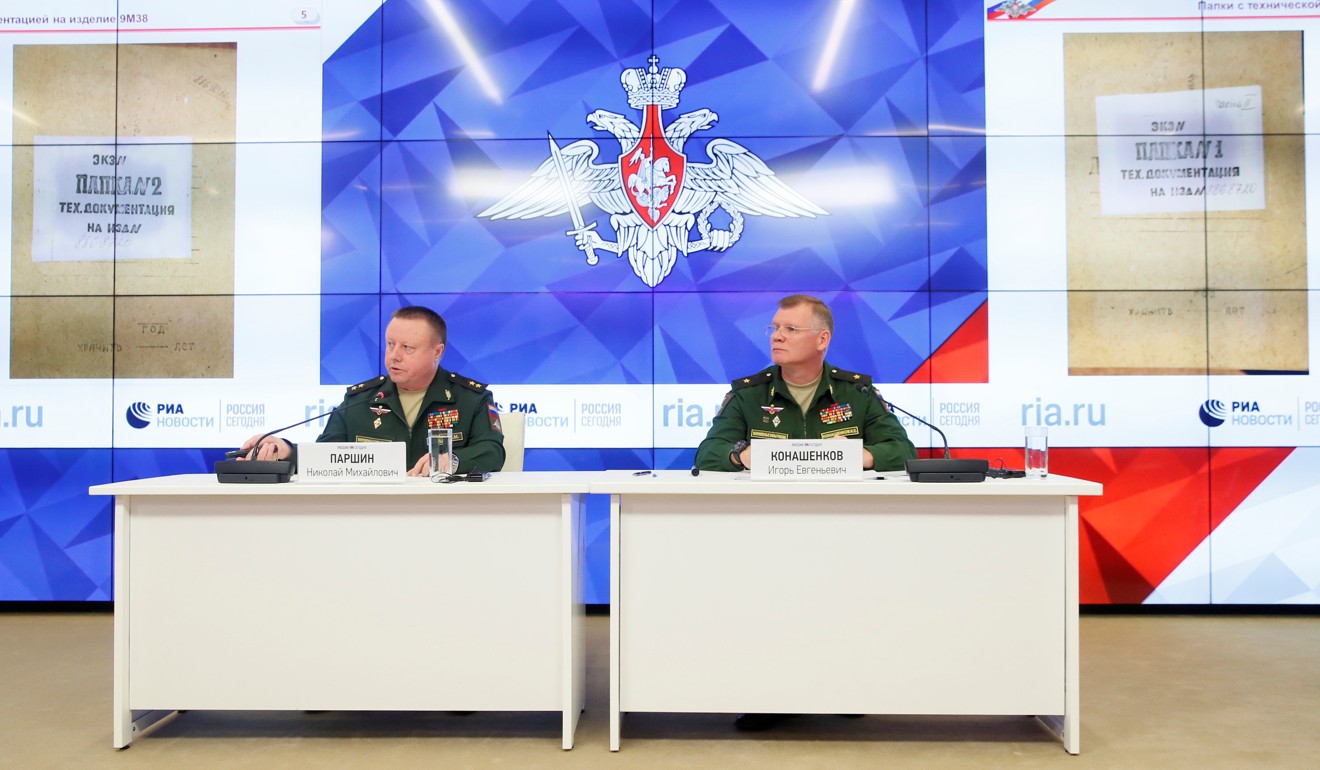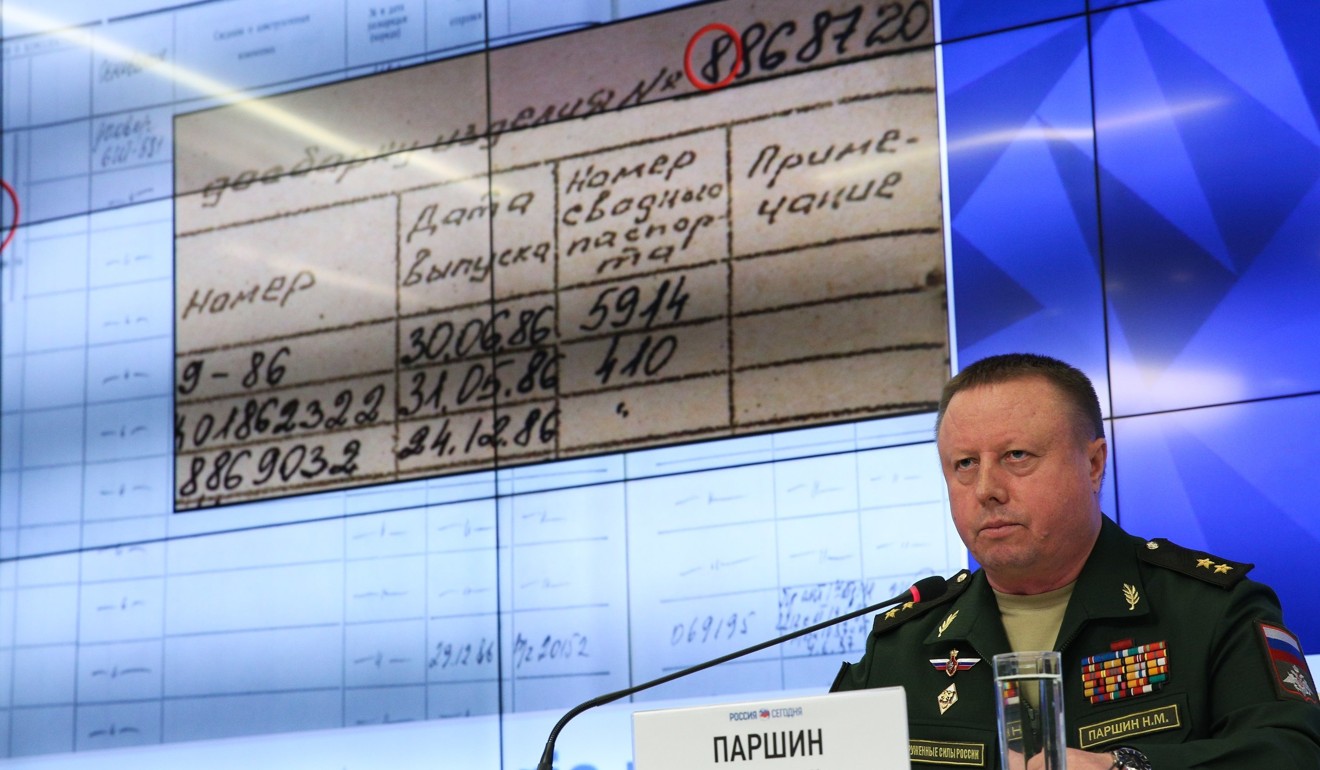
Russia ‘has proof’ missile that shot down Malaysia Airlines flight MH17 was from Ukraine
Moscow’s military records apparently show the weapon was moved to western Ukraine in 1986
The Russian military said on Monday that the missile that shot down Malaysia Airlines Flight 17, killing all 298 people on board, came from the arsenals of the Ukrainian army, not from Russia.
The jet was shot down by a Soviet-made missile over rebel-held eastern Ukraine in July 2014, about 40km (25 miles) from the Russian border, where fighting had been raging for months between Ukrainian forces and Russian-backed separatists.

The Netherlands and Australia claimed in May the missile was moved to Ukraine from a military unit in the Russian city of Kursk.
Russia has denied involvement and has over the years come up with various theories as to the cause of the crash, generally laying the blame on Kiev.
Lieutenant General Nikolai Parshin, chief of the Missile and Artillery Directorate at the Russian Defence Ministry, told reporters on Monday that the military had studied and declassified archives at the research centre outside Moscow that produced the Buk missiles after the Dutch investigators displayed parts of the missile and their serial numbers.
Watch: Russian military blamed for downing MH17 with missile
Parshin said the Russian archives show that the missile that was made of these parts was moved to a military unit in western Ukraine in 1986 and to Russia’s knowledge never left Ukraine.
Asked about the possibility that the separatists may have seized the missile system during fighting in 2014, Defence Ministry spokesman Major General Igor Konashenkov conceded that Russia does not have any documents proving otherwise but pointed to the statements of Ukrainian officials who have denied that separatists seized any of their Buks.

The Joint Investigation Team, set up by nations that lost citizens in the MH17 crash, said in a statement that it has “taken note” of the information that the Russian military made public on Monday.
The investigators said they had asked Russia for information regarding the serial numbers before but had not received a reply.
The separatists in the weeks before the plane crash bragged on social media about shooting down Ukrainian military aircraft. On the day that MH17 crashed, a rebel commander posted that his troops had shot down a Ukrainian military plane. He later said his account has been hacked and that the rebels did not shoot down anything that day.

A high-ranking rebel told AP at the time that rebels were responsible, claiming they thought they were targeting a Ukrainian military plane. He did not speculate, however, on a possible role of the Russian military in the attack.
The Russian military did provide material help to the rebels, and journalists have seen sophisticated weapons in the separatist-controlled areas that were never in Ukraine’s arsenals.
Oleksandr Turchynov, secretary of Ukraine’s Security and Defence Council, said on Monday that Russia’s claim is “yet another failed fake report that the Kremlin made up in order to cover up their crime that has been proven by the official investigation as well as independent experts”.

